What is the purpose of a FRP Vertical Cone Bottom Tank?
Mar. 06, 2024
FRP (Fiberglass Reinforced Plastic) vertical cone bottom tanks are specialized storage vessels designed to meet specific industrial needs. With their unique conical shape and durable FRP construction, these tanks offer several advantages and are utilized across various industries.
1. Efficient Liquid Drainage:The primary purpose of an FRP vertical cone bottom tank is to facilitate efficient drainage of liquids stored within the tank. The conical shape of the bottom allows for complete drainage by gravity, ensuring minimal residual liquid remains after emptying. This feature is particularly important in processes where thorough cleaning and material exchange are required, such as in chemical processing, wastewater treatment, and food and beverage production.
2. Improved Mixing and Circulation:FRP vertical cone bottom tanks are ideal for applications that involve mixing and circulation of liquids or slurries. The conical shape promotes better flow dynamics within the tank, ensuring uniform mixing and distribution of materials. This is beneficial in processes such as chemical reactions, fermentation, and blending, where homogeneity and consistency are crucial for product quality.
3. Settling and Separation:These tanks are also used for settling and separation processes, where solids or heavier components settle to the bottom of the tank while lighter materials or liquids remain at the top. The conical bottom design allows for efficient collection and removal of settled solids or sediments, enabling continuous operation and efficient separation of phases. This is commonly seen in applications such as mining, water treatment, and oil refining.
4. Space Optimization:FRP vertical cone bottom tanks offer efficient use of space in storage facilities or processing plants. Compared to flat-bottomed tanks, the conical design requires less floor space while providing greater storage volume. This makes them suitable for installations where space is limited or where multiple tanks need to be accommodated within a confined area.
Recommended article:Woven Geotextile: A Game-Changer in Construction?
Are HDPE Sewage Pipes Suitable for Extreme Weather Conditions?
Choosing the Right Copper Wire Mesh: Factors to Consider
The Superiority of HDPE Pipes in Potable Water Systems
What Are the Advantages of GFS Tanks?
How deep should I push a step-in post into the ground?
What is Flooring Felt? A Comprehensive Guide to Felt Flooring and Finding a Reliable Supplier
5. Corrosion Resistance and Durability:FRP construction provides excellent resistance to corrosion, making vertical cone bottom tanks suitable for handling a wide range of chemicals and corrosive substances. The fiberglass reinforcement ensures structural integrity and durability, even in harsh industrial environments. Additionally, FRP tanks are lightweight, making them easier to install and transport compared to traditional metal tanks.
FRP vertical cone bottom tanks serve a variety of purposes in industrial applications, offering efficient liquid drainage, improved mixing and circulation, settling and separation capabilities, space optimization, and corrosion resistance. Whether used for chemical processing, water treatment, or other industrial processes, these tanks provide reliable and cost-effective solutions for storing and handling liquids and slurries. By understanding the purpose and benefits of FRP vertical cone bottom tanks, industries can optimize their processes, enhance productivity, and ensure the efficient management of materials.
What are the properties of H20 beams?
Basic Types of Steel Building Structure
What is a bulldozer used for in construction?
How are custom marble statues made?
What is a sponge filter and how does it work?
Choosing the Right Faucet for Hospitals: A Comprehensive Guide
What are L shaped anchor bolts used for?
259
0
0
Previous: None
Related Articles


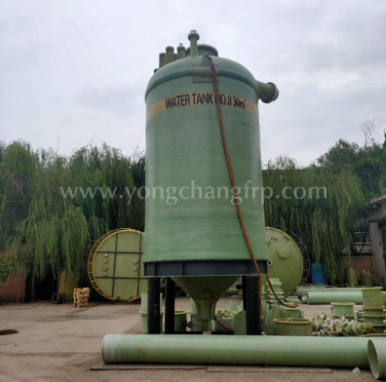
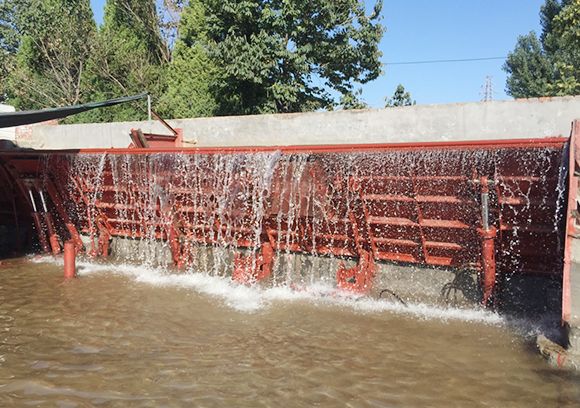
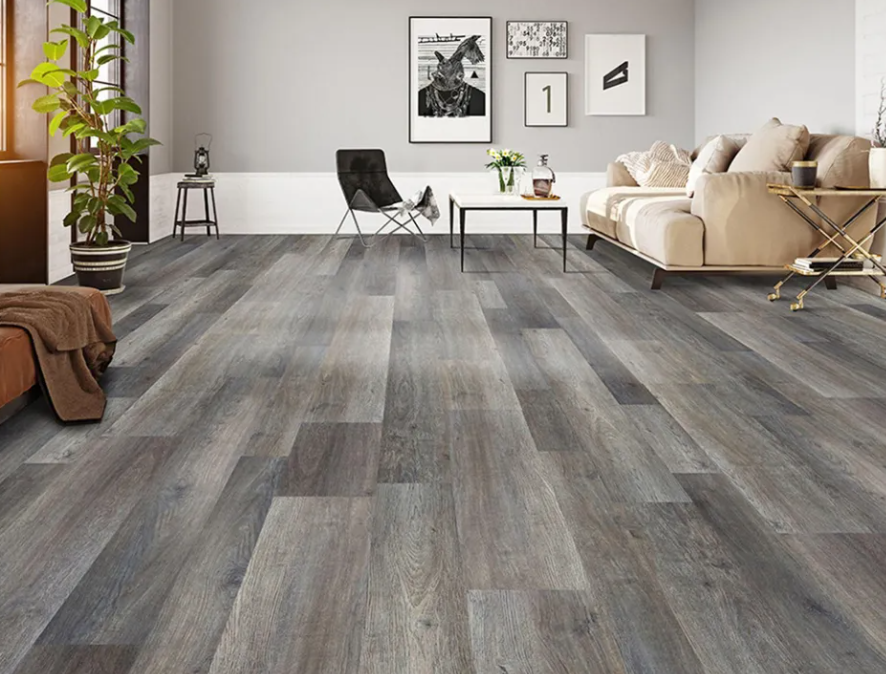

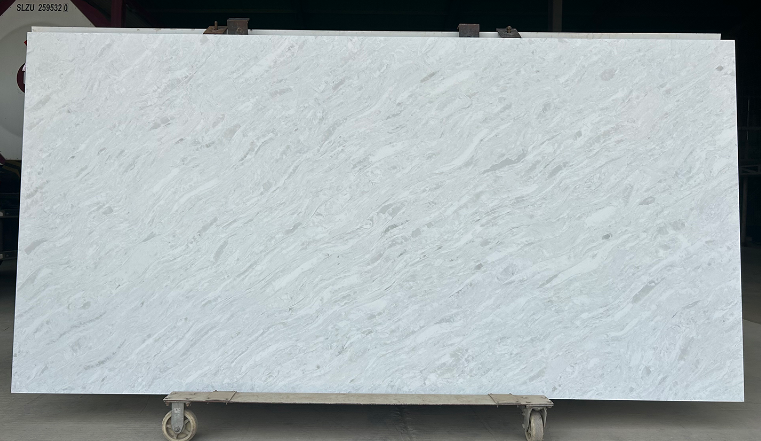
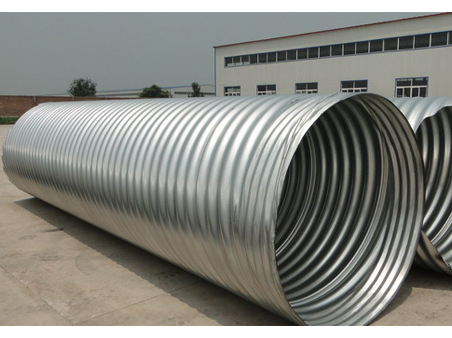

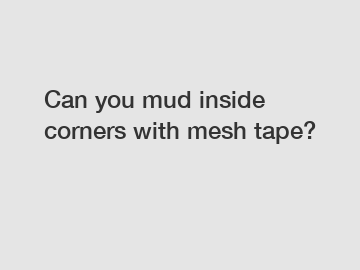
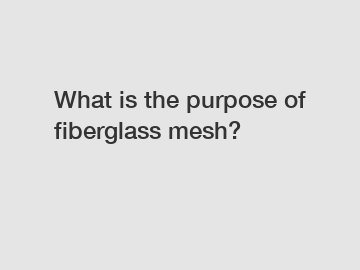
Comments
All Comments (0)